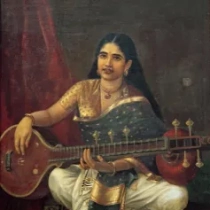 1848 - 1906
realism
1848 - 1906
realism
Description Raja Ravi Varma
Raja Ravi Varma, born in 1848 in Kilimanoor, Travancore (present-day Kerala, India), stands as a beacon in the realm of Indian art. His journey unfolded during a transformative period in Indian history, where traditional artistic practices encountered the winds of colonial modernity.
Varma's early exposure to art, fostered by a princely upbringing, laid the foundation for his artistic inclinations. Training under the court painter Rama Swami Naidu honed his skills, yet it was his venture into Western academic art that became a pivotal chapter.
His encounter with European academic realism, particularly the works of the Old Masters during his travels, marked a turning point. Varma synthesized the techniques of European realism with the ethos of Indian artistic traditions, creating a style that harmonized the classical with the indigenous.
Varma's innovative use of oil painting, a departure from traditional mediums, was instrumental in democratizing art. His accessible prints and paintings, depicting mythological and historical themes, became popular across diverse strata of society. The iconic images of celestial beings, mythological characters, and Indian royalty became visual touchstones for a rapidly evolving society.
The artist's collaboration with the lithographic press further democratized art consumption, making it accessible to a broader audience. His printing press, the Ravi Varma Fine Arts Lithographic Press, became a pioneering venture in bringing art to the masses.
Varma's fascination with Indian mythology, evident in his masterpieces like "Shakuntala" and "Damayanti and the Swan," redefined visual narratives. His portrayal of Indian women, often draped in vibrant sarees and adorned with intricate jewelry, became iconic representations of feminine grace.
While Varma's artistic vision aligned with the aristocratic tastes of the time, he was not immune to criticism. Some viewed his work as pandering to colonial tastes, while others questioned the departure from traditional Indian aesthetics.
Raja Ravi Varma's legacy extends beyond his canvases. His impact on the popular imagination, the integration of Western techniques with Indian themes, and the democratization of art form a complex tapestry. His influence echoes in the corridors of contemporary Indian art, where the fusion of tradition and modernity continues to shape the visual landscape. Varma's artistic odyssey remains an emblematic chapter in the unfolding narrative of Indian art, bridging cultural realms and leaving an indelible mark on the canvas of history.
Gallery
Paintings Raja Ravi Varma
Quotes
The artist must be truthful to his age and render to it what it needs most.
An artist's work should speak for itself without the need for explanations.
I paint as I see and feel, and my art is my honest expression.
Art should not be confined to any caste or class; it should be open to all.
The true function of art is to bring back that which has been lost, to mend the defects and malformations of society.
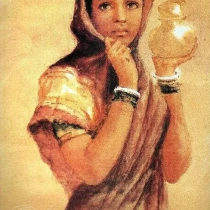
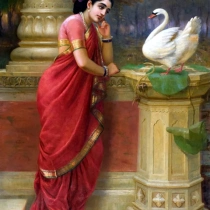
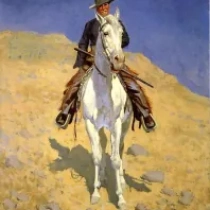
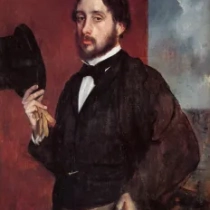
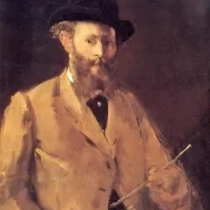
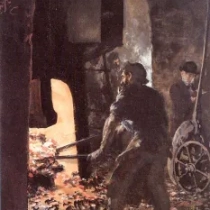
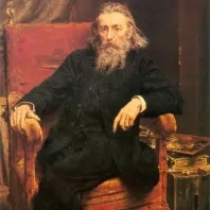
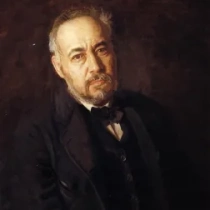
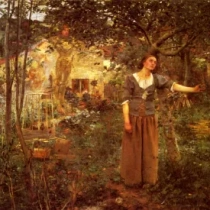
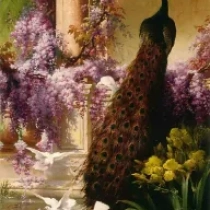
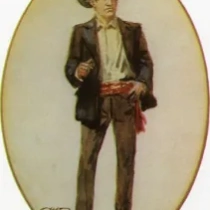
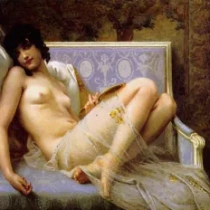
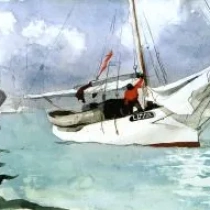
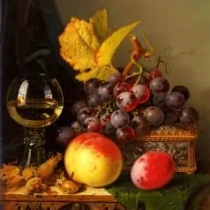
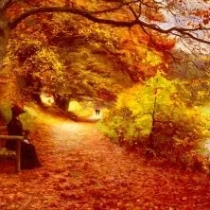
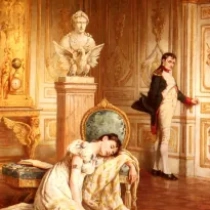
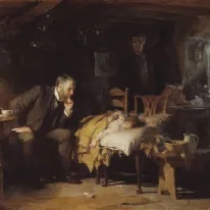
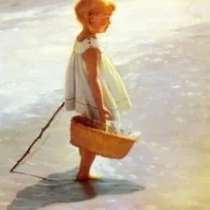
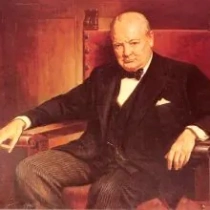
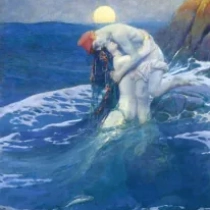
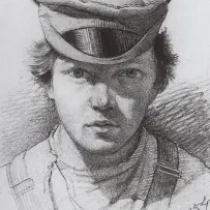
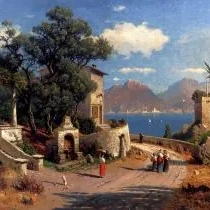
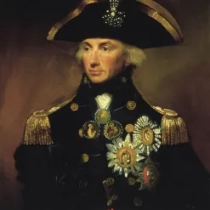
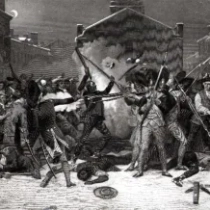
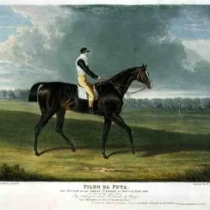
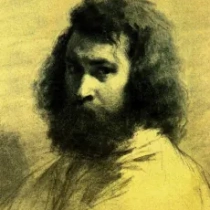
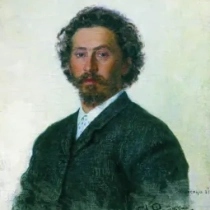
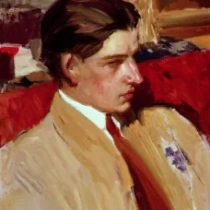
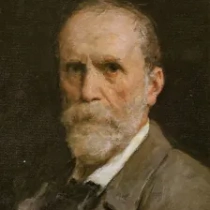
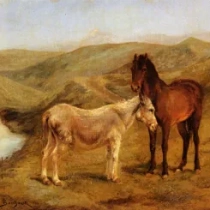
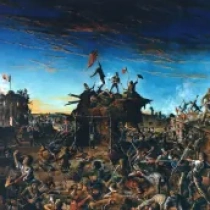
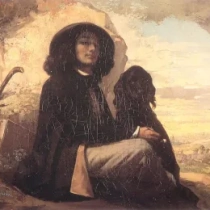
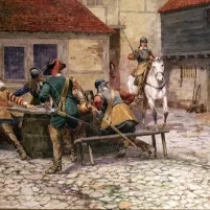
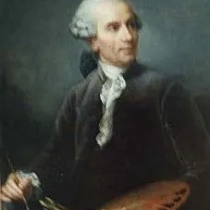
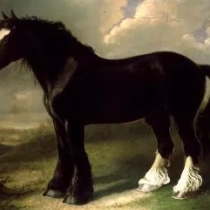
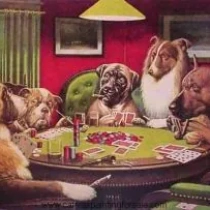
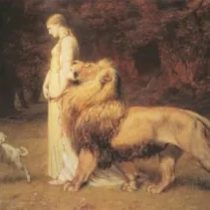
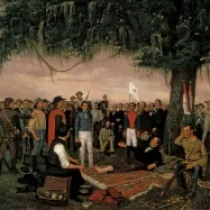
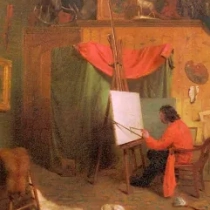
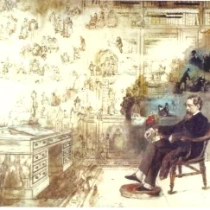
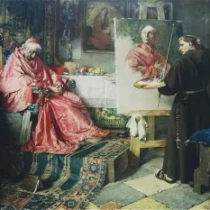
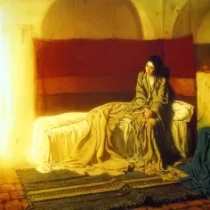
No Comments Yet...